Finally, some decent images of the Central American Coral Snake!
|
|
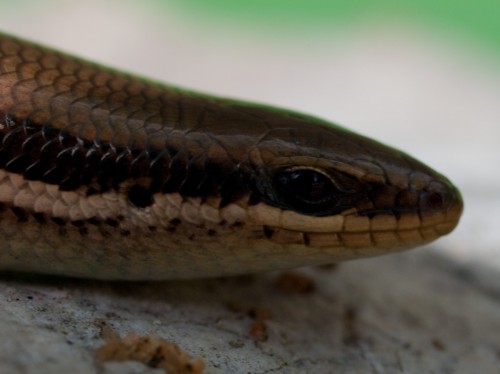 The bronze-backed climbing skink is in a pretty cool sounding genus: Mabuya. Incidently, it appears to be one of the only genera that has remained stable since Savage’s 2002 Herps of CR book. Many other genera have changed since and are published in Savage and Bolanos 2009 Zootaxa.
The bronze-backed climbing skink is in a pretty cool sounding genus: Mabuya. Incidently, it appears to be one of the only genera that has remained stable since Savage’s 2002 Herps of CR book. Many other genera have changed since and are published in Savage and Bolanos 2009 Zootaxa.
There seem to be too many plants and animals for me to memorize and learn. I lack knowledge of entire groups of organisms – from what they are, to their ecological roles. I won’t even mention organisms in Domains, such as Eubacteria (although I just mentioned it…), but insects and plants are phenomenally diverse, even in Ohio, and I am overwhelmed with it… I need more time – well, that, and a bit of patience to actually look at the insects and plants. Little by little, I’m getting it, but in the mean time, I watch butterflies mate.
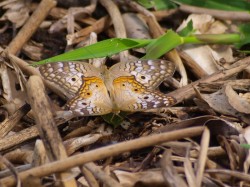 |
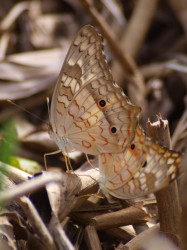 |
By the way, check out the excellent sewing job on the bags below… I can pump those out at a rate of 50 in 4 hrs now, although I started out at a much slower rate.
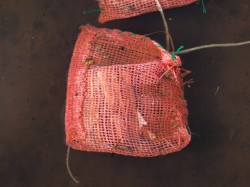 |
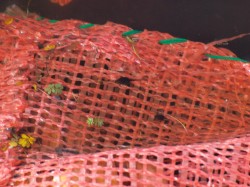 |
The hatchlings are pouring out from the mountains towards the wetland. I’ve seen several more than these three, but these were the only ones I took photographs of, and, unfortunately, my camera lens was a bit foggy. Although it’s absolutely awesome to see these turtles, it makes me miss mine quite a bit.
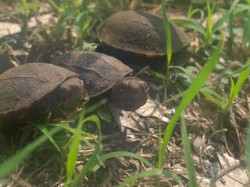 |
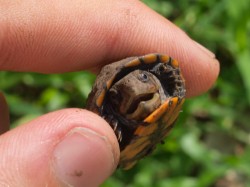 |
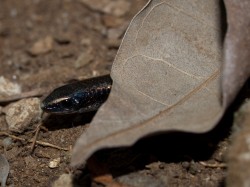 |
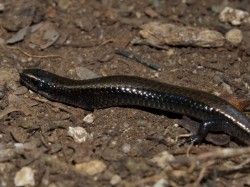 |
A new family of lizard for me, gymnophthalmids are known as specticled lizards because of the presence of a transparent eyelid. They are small lizards, and, according to Wikipedia, are also known as Microteiids because they are related to the Teiidae. There are also lots of Teiidae (whiptail) here in Palo Verde, mostly Amieva undulata and A. quadrilineata. This individual had a missing forelimb, which you can see in the picture on the right.